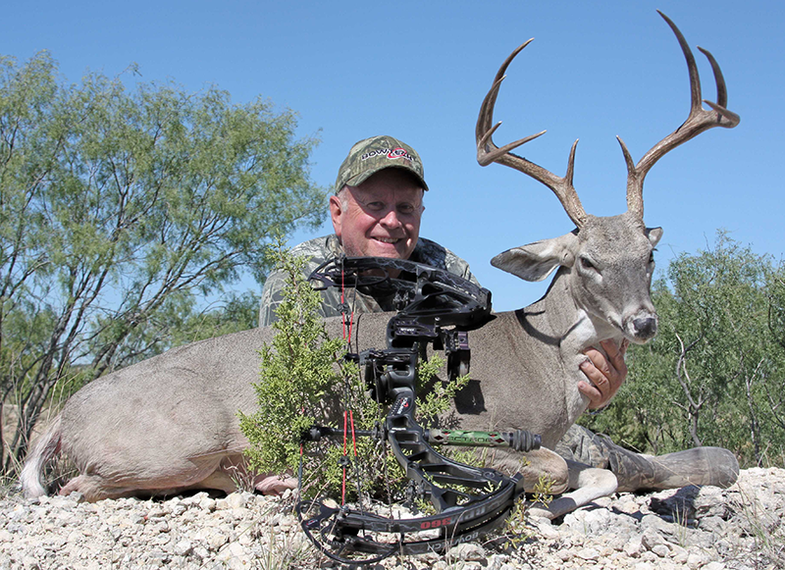Bucks Moving Before and After Shooting Light…for the Most Part
Frustration seems to be the word for this week. A friend in the western Oklahoma Panhandle has been monitoring a...

Frustration seems to be the word for this week. A friend in the western Oklahoma Panhandle has been monitoring a big buck since this summer, and since the season opened on October 1, that buck has been showing up at his blind a half hour to one hour after shooting light. Maybe colder weather later this month will coax the buck out a little sooner.
Another bowhunter, this one in middle Texas, reports the same problem. A fine 10-point showed on his trail camera almost every day, but always after hours. In my experience, a buck like that is best left alone. Wait until he is on your trail camera in daylight a couple of times, then move in and hunt. If you hunt the blind just hoping he breaks his pattern and comes in early, chances are you will bump him coming or going to the blind—and complicate your efforts to kill him later.
But not everyone is frustrated. My friend Ronnie Parsons, who hunt the western counties of the Hill Country in central Texas, is one of those.
This central region of central Texas boasts some of the highest per-acre densities of deer in the state. Deer numbers are high, but in many counties, body weights and racks are small. But on ranches that limit livestock grazing, control deer numbers, practice a conservative buck harvest, let bucks with good genetics reach full age potential, and feed supplements, above-average body weights and bigger-than-average racks are possible.
Such is the case on the ranch friend Ronnie Parsons hunts in the western counties of this region. The ranch is a mix of oaks, mesquites, prickly pear and cedars. Top-end bucks typically do not grow as huge as they might in South Texas, but bucks with racks gross-scoring 130-145 inches are possible year-to-year.
On October 4, following a cold front, Parsons (who took a great buck on opening day) sat in a home-made ground blind where he’d seen trail camera pictures of a mature 9-point he called The High Nine. The north wind was right for the area, and Parsons was in the blind at 5:20, but did not see a deer until 7:40 pm. At 7:44, the High Nine from the trail camera pictures walked in. Parsons credits his Ozonics ozone-generating unit, one of the very few gizmos he relies on when deer hunting, for allowing a smaller buck to walk through his scent stream and come in front of the blind, therefore convincing the bigger buck the area was safe. Parsons made a 17-yard shot with his BowTech bow and a Rage Hypodermic broadhead. The 6 ½-year-old buck, which Parsons had passed on in 2014, did not go far.

The buck, shown above, had a field-dressed weight of 131 pounds. Its typical 9-point rack gross-scored 135-inches and net-scored 130 2/8-inches, easily over the 125-inch P&Y minimum for typicals. After 60 days to dry and be officially scored, it will mark Parson’s 41st P&Y whitetail, and his second fine buck of the 2014 season.